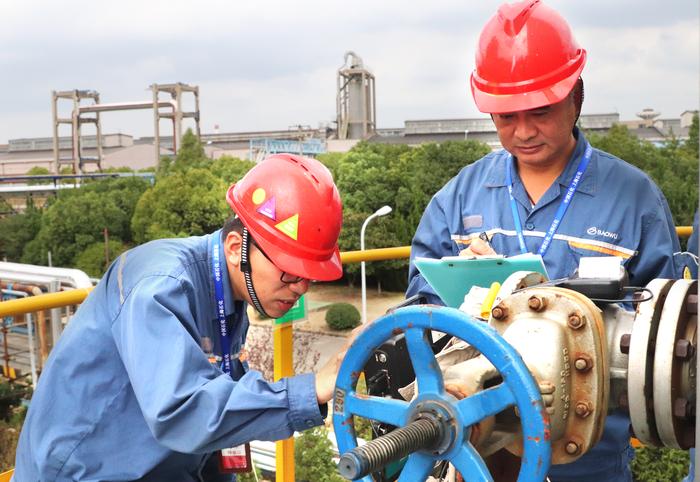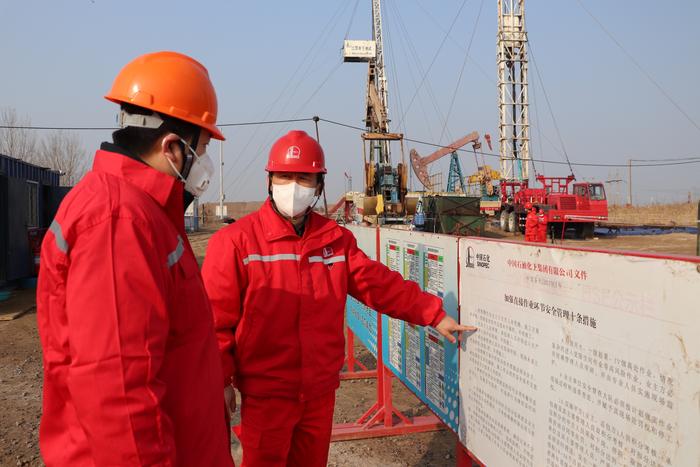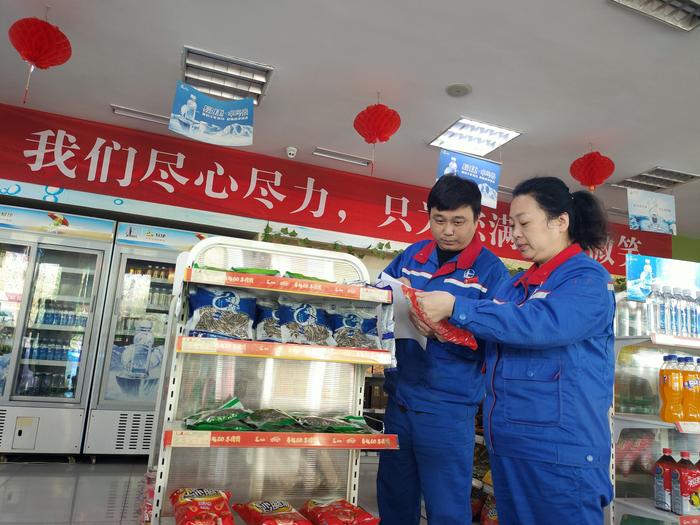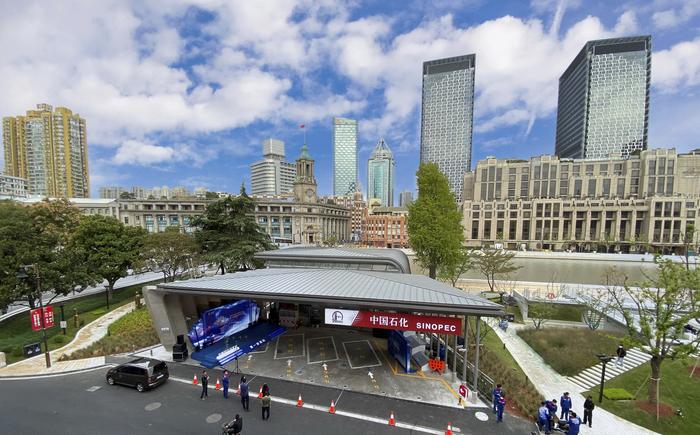|
| 2020-11-02 来源: 中国石化新闻网 |
| 石化新闻 |
中国石化新闻网讯 据10月28日Kallanish Energy报道,阿曼今年的液化天然气(LNG)出口较2019年下降了10%,但这对这个中东国家来说并不全是坏消息。 根据Kpler的数据,与去年同期的787万吨相比,阿曼今年出口了706万吨液化天然气。总体而言,2019年,阿曼液化天然气工厂出口了1068万吨,超过了其1040万吨的额定年产能。 尽管阿曼今年的出口预计不会达到2019年的水平,但出口量下降反映出,该国的脱瓶颈项目将在2021年底前将产能增加100万吨,至1140万吨。 Kpler在周二的一份报告中表示:“对阿曼来说,去瓶颈项目的到来可能是最好的时机。这是因为该项目将分阶段进行,三条生产线一次停运其中一条。这意味着在项目完成之前,工厂的出口能力将会下降。这与新冠肺炎疫情在全球范围内影响液化天然气需求的情况正好吻合。” 阿曼液化天然气的主要长期供应合同分别与Kogas、Union Fenosa、英国石油公司(bp)、大阪天然气公司(Osaka Gas)和Itochu签订。Kpler指出,所有这些合同都将在2024年底到2027年初之间到期。 该国能否延长这些合同,将取决于原料天然气的数量,以及该国Khazzan和Ghazeer气田等上游气田的开发。 尽管来自卡塔尔的竞争加剧可能会给阿曼的液化天然气出口带来压力,但Kpler的分析师认为,与卡塔尔相比,阿曼有一个“巨大”优势——阿曼的液化工厂不在波斯湾,因此,受益于较低的地缘政治风险。 王佳晶 摘译自 Kallanish Energy 原文如下: Oman LNG exports down 10% so far this year Omani liquefied natural gas (LNG) exports are 10% lower so far this year than in 2019, but that’s not all bad news for the Middle Eastern country, Kallanish Energy reports. According to data by Kpler, Oman has exported 7.06 million tonnes of LNG this year, compared with 7.87 Mt this time last year. Overall, in 2019, the Oman LNG plant exported 10.68 Mt, which is above its nameplate capacity of 10.4 million tonnes per annum (Mtpa). Although Oman isn’t expected to reach 2019’s exports levels this year, the lower exports volumes reflect its debottlenecking project to increase capacity by 1 Mtpa to 11.4 Mtpa by the end of 2021. “The debottlenecking project may have come at the best possible time for Oman,” Kpler said in a note on Tuesday. That’s because the project will be undertaken in stages, with one of the three trains shutdown at a time. “This means the plant’s export capacity will be lower until the project is complete. This coincides well with LNG demand being hit worldwide by the Covid-19 outbreak,” Kpler said. Oman LNG’s main long-term supply contracts are signed with Kogas (4.06 Mtpa), Union Fenosa (1.65 Mtpa), bp (1.1 Mtpa), Osaka Gas (0.8 Mtpa) and Itochu (0.7 Mtpa). Kpler notes that all these contracts will expire between the end of 2024 and early 2027. The country’s ability to extend these contracts will depend on feedgas volumes and to upstream development in the country, such as the Khazzan and Ghazeer fields. While enhanced competition from Qatar could pressure Omani LNG exports, analysts at Kpler believe Oman has a “major” advantage compared to Qatar: “its liquefaction plant isn’t located in the Persian Gulf, and therefore, benefits from lower geopolitical risks.” |








